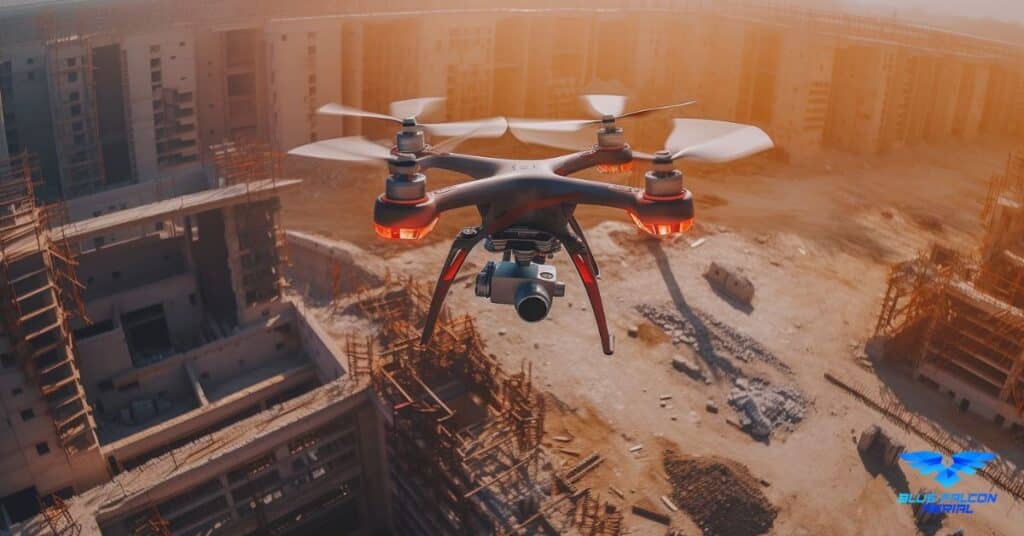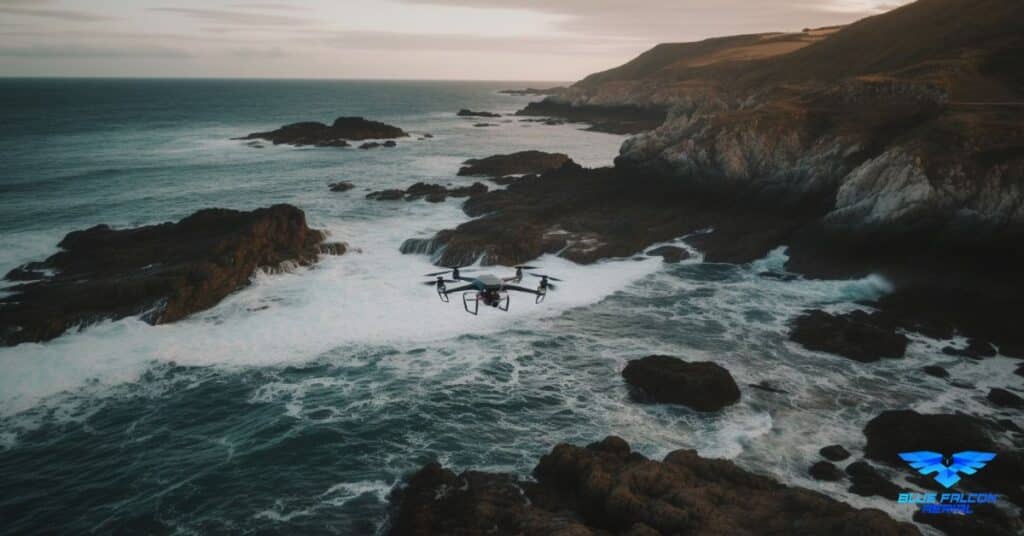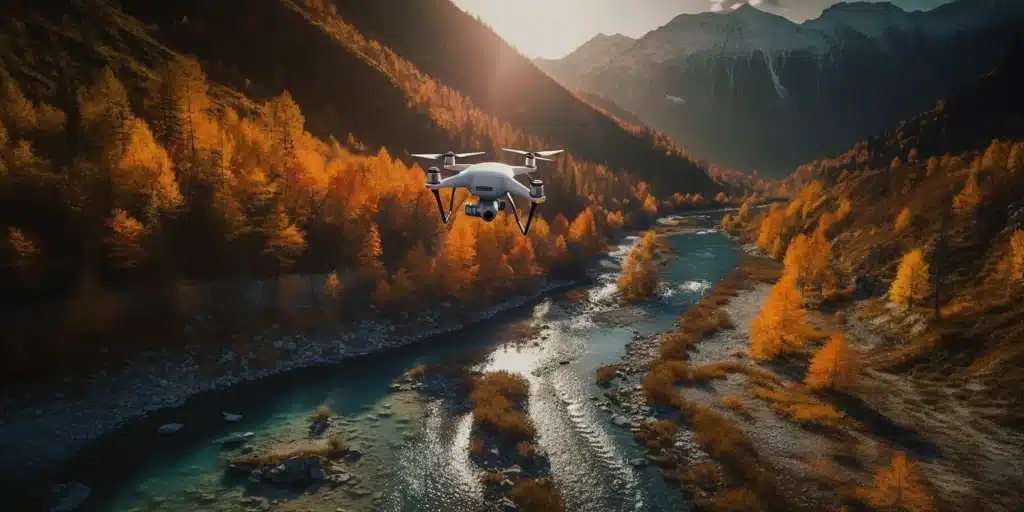The world of drone technology is evolving rapidly, with obstacle avoidance systems playing a significant role in their advancement. These systems have become increasingly sophisticated, enabling drones to maneuver safely and efficiently in various environments. In this article, we’ll delve into the importance of obstacle avoidance, its applications, and the latest advancements in this field.
Why Obstacle Avoidance Matters
As drones become more ubiquitous in various industries, the need for advanced obstacle avoidance becomes increasingly important. By allowing drones to detect and avoid obstacles autonomously, these systems ensure:
- Enhanced safety for both the drone and its surroundings
- Improved operational efficiency
- Reduced risk of property damage
- Greater accessibility to areas with challenging terrain
In addition, obstacle avoidance technology enables drones to perform tasks that were once considered too dangerous or impractical for humans, such as inspecting high-voltage power lines, monitoring active volcanoes, or surveying disaster zones.
Key Technologies in Obstacle Avoidance
Several technologies have emerged to support drone obstacle avoidance. The most common include:
LiDAR
Light Detection and Ranging (LiDAR) is a remote sensing technology that uses lasers to measure distances and create detailed, accurate 3D representations of the environment. In drone applications, LiDAR sensors can quickly identify obstacles and calculate safe flight paths. For more information on LiDAR technology, check out Blue Falcon Aerial’s guide on Drone LiDAR.
Optical Flow
Optical flow sensors use cameras to capture images of the environment and analyze them to determine the drone’s position and velocity relative to its surroundings. This technology is particularly effective for low-altitude flights and indoor navigation.
Ultrasonic Sensors
Ultrasonic sensors emit sound waves and measure the time it takes for the waves to bounce off nearby objects and return to the sensor. This information is then used to calculate the distance to the obstacles and avoid collisions.
Stereo Vision
Stereo vision systems utilize two cameras placed at different positions to capture 3D images of the environment. The images are then processed to identify obstacles and determine their distance and location relative to the drone.
Real-World Applications
Obstacle avoidance technology has numerous applications across various industries, such as:
- Surveying and Mapping: Drones equipped with obstacle avoidance can safely navigate complex environments to collect accurate data for creating detailed maps and 3D models.
- Inspection and Maintenance: Drones can access hard-to-reach areas, such as bridges, cell towers, or wind turbines, to inspect and identify potential issues without risking human safety.
- Search and Rescue: Obstacle avoidance allows drones to navigate safely through challenging terrain or dense foliage during search and rescue missions, enabling faster and more efficient operations.
- Agriculture: Drones can monitor and manage crops by navigating autonomously through fields, orchards, or vineyards, assessing plant health and detecting pests or diseases.
- Delivery Services: Obstacle avoidance is crucial for drone delivery services, allowing them to navigate urban environments safely and efficiently.
Future Developments
As technology continues to advance, we can expect significant improvements in obstacle avoidance capabilities, such as:
- More accurate and reliable sensors
- Enhanced real-time processing of data
- Greater integration with artificial intelligence (AI) and machine learning (ML) algorithms
- Improved navigation capabilities in low-light or challenging weather conditions
- Increased ability to adapt to dynamic environments
These advancements will not only improve drone safety and efficiency but also open up new possibilities for innovative drone applications across various industries.
Conclusion
Obstacle avoidance technology is a game-changer for the drone industry, enhancing safety and efficiency while unlocking new applications across various sectors. As these systems continue to evolve, we can expect drones to become even more versatile and valuable tools in the future.
If you’re interested in learning more about how drones can benefit your business, we highly recommend visiting Blue Falcon Aerial’s comprehensive guide to building and growing your drone business.
For any inquiries regarding LiDAR or Orthomosaic projects or if you have questions, don’t hesitate to contact Blue Falcon Aerial. Our team of experts will be more than happy to assist you in leveraging the power of drones for your business needs.




